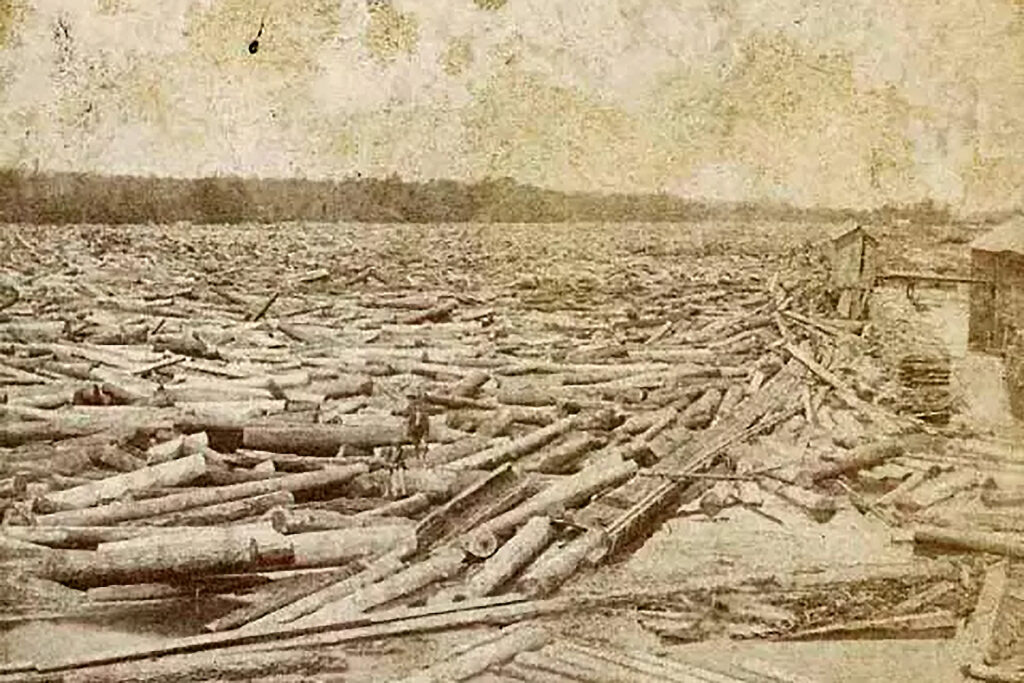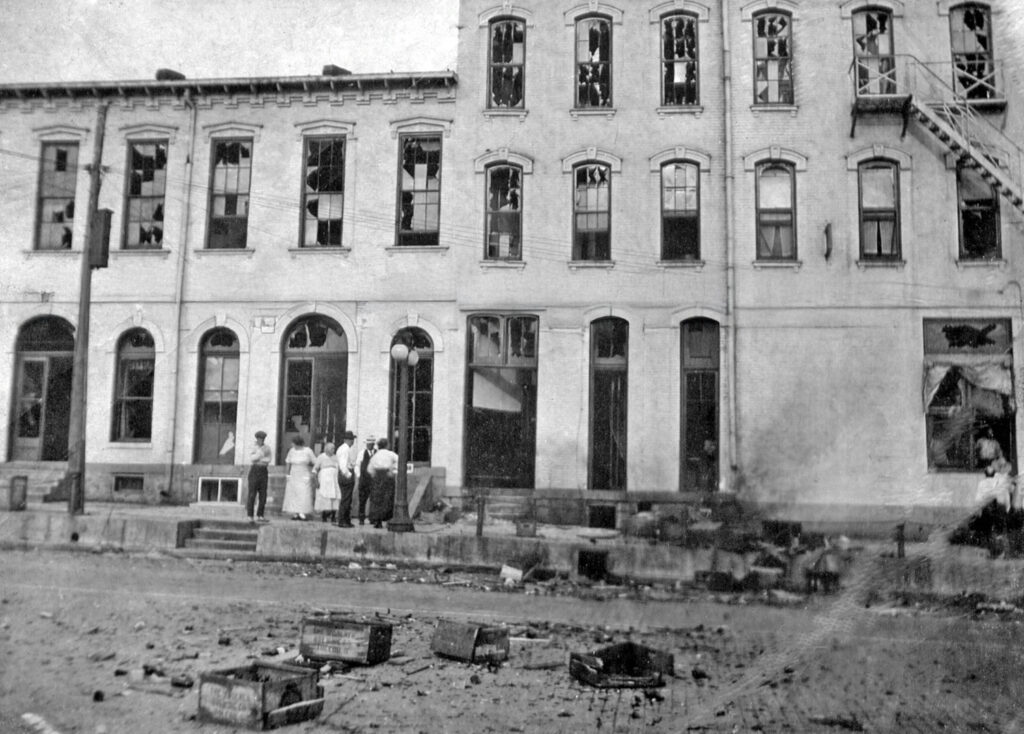Grand Rapids — One of the most devastating events in Grand Rapids history happened 142 years ago this July, when a seven-mile log jam on the Grand River destroyed not only infrastructure but almost the entire furniture industry, a cornerstone of West Michigan’s commerce.
The Great Log Jam of 1883 was unprecedented. More than 600,000 logs rushed down the Grand River, barreling toward Lake Michigan. According to historical records, the logs would have stretched around the earth once if placed end to end.
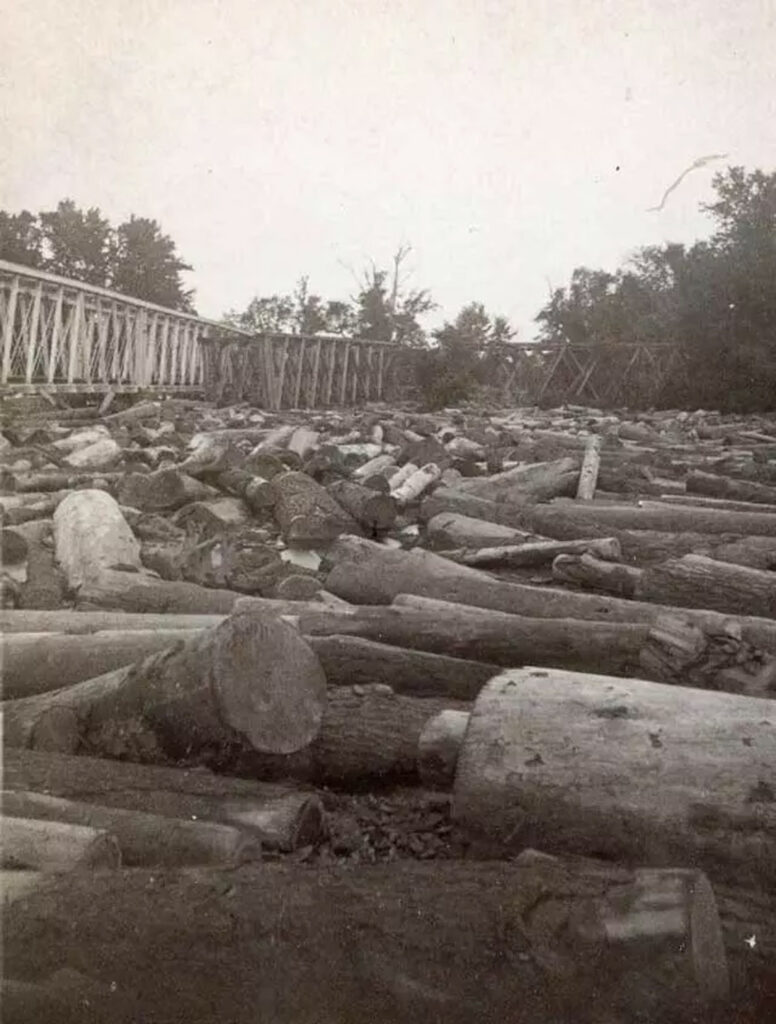
The Grand River, the longest in Michigan, stretching 252 miles across the state, starts in Hillsdale County and flows into Lake Michigan out of Ottawa County. The river’s rapids, for which the city of Grand Rapids is named, almost destroyed its namesake town.
The disaster didn’t happen overnight. Beginning in June 1883, West Michigan experienced heavy rainfall. By June 26, loggers started to notice a dramatic rise in the level of the river, and they reinforced their logging operations in Grand Haven. Less than a week later, the river had reportedly risen 18 inches.

Log jams formed along the river. Despite the work the levels rose again, and this time, it was too much. After a log jam from the Flat River broke and ran into the Grand, the larger log jam in that river also broke, sending the lumber flying through the water.

The 600,000 logs were sent down the river, destroying everything in their path. Rapidly approaching Grand Haven, loggers feared the lumber’s arrival. In the meantime, important bridges—including one that the Detroit, Grand Haven, and Milwaukee Railroads operated on—collapsed. The Leonard, Pearl, and Bridge Street bridges took a beating as well.
Thankfully, the prep work of brave lumberjacks in Grand Haven paid off. Their pre-emptive, reinforced booms at the end of the river were able to stop the logs from running into Lake Michigan, which would have been detrimental.
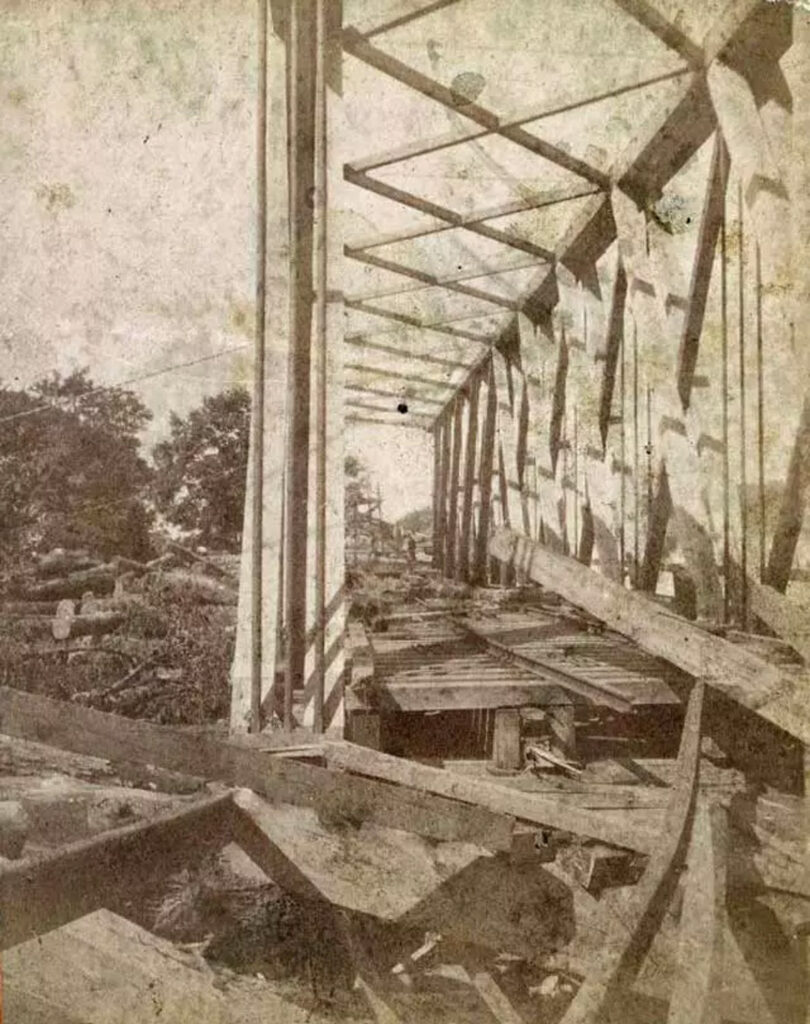
Had the crisis not been averted, the logs would have rushed into Lake Michigan, floating aimlessly through the lake. The loss of lumber would have been devastating financially, but also, the floating logs would have been a boating hazard for ships trying to navigate the lake.
The furniture industry might have ceased to exist as Michiganders knew it. Devastation would have rippled through every aspect of the supply chain—lost logs would have caused the mills to shut down, leaving mill workers and lumberjacks unemployed and lumber companies bankrupt.
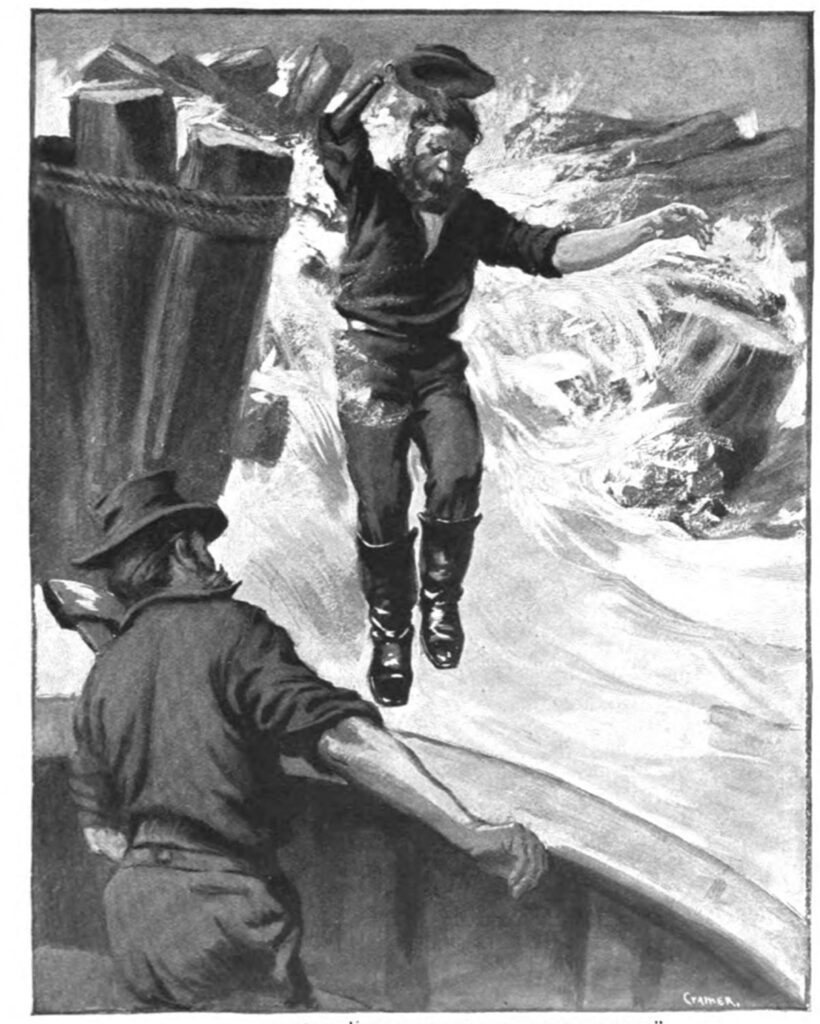
Still, the event caused more than $500,000 in damages, both in property and lumber loss—that’s more than $15 million today. Earning only little, the loggers in West Michigan worked diligently to save their cities.
Without their dedication and willingness to put themselves in danger, the Great Log Jam of 1883 would not just be another entry in the city’s long history but the epitaph of Grand Rapids industry.
Kamden Mulder is a reporting fellow for Michigan Enjoyer.
